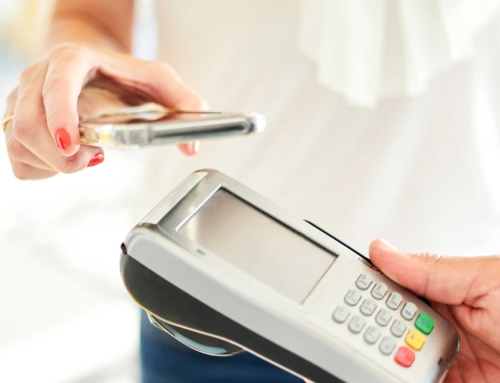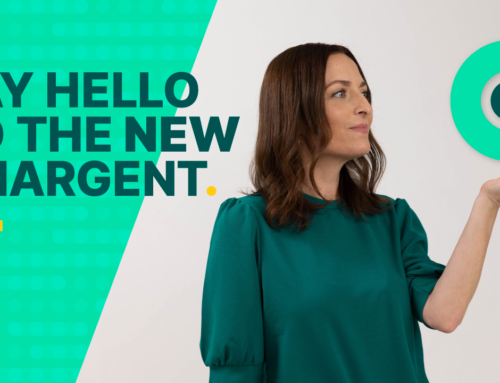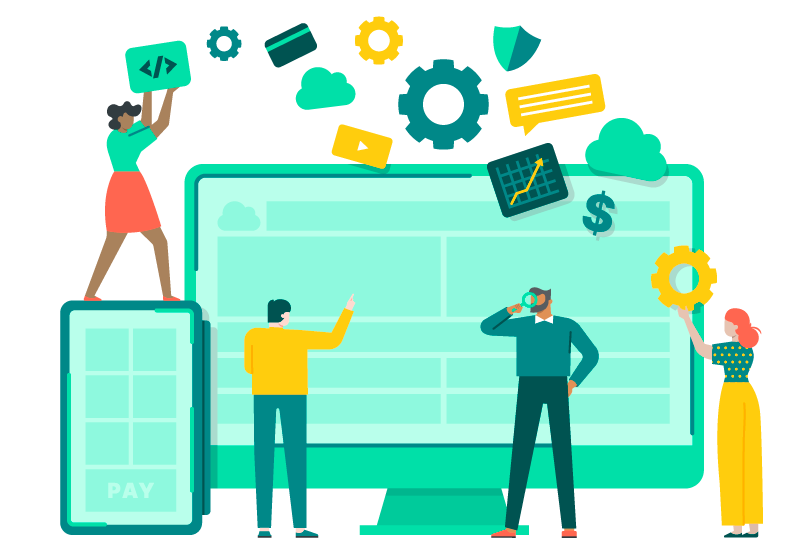We’ve written a lot in this space about big, wholesale changes in your billing systems. But efficiency can come from tweaks both big and small.
Large changes in your billing systems like shifting to a subscription model, moving from manual to automated billing, and full integration into your Salesforce instance can deliver significant business performance improvements. But efficiency can come from tweaks both big and small — and the small ones can be easier and more cost-effective to implement.
Kris Merritt over at AccountingDepartment.com has a nice round-up of some simple billing practices that, when carried out consistently, can net some big returns in the long run. Below are some of our favorites.
Electronic Invoicing
Your invoicing system is one of the most important to modernize. Snail mail invoicing is soon to be a thing of the past, and if you’re not offering fully electronic invoicing, it may very well be a red flag to potential clients. An electronic invoicing system, in addition to an efficiency and predictability booster, is a customer service/customer experience investment. You’re asking your customers to buy into a long-term subscription; they’re going to want to know that you’re fully in the 21st century.
Personalized Invoicing Intervals
You want your invoice at the top of your client’s inbox when they’re most likely to see it. Say your company operates all over the continental U.S. and Canada. You don’t want your clients in eastern Nova Scotia to receive invoices at the same time as those in San Francisco.
Further, you want to make sure that the right people are available for approvals when they fire it off. So take the time (and the customer experience boost) to get to know your clients, and when they’re most responsive. Allow them to choose a pre-set time each billing cycle that works for them; not every invoice needs to be sent at 4pm on the 30th of the month. That way everything can stay streamlined with minimal manual intervention on your end, and your customers get a personalized experience.
Invoice Early and Often
Okay, not too often. But putting automated systems in place that get your invoices approved and delivered within 48 hours for new clients. Getting your invoices out fast often means getting paid fast, which in turn makes for a hassle and headache-free billing process, more financially predictability and stability, and better-served customers.
Keep an Open Line of Communication, and Keep it Standard
Merritt says that companies should reach out three times before an invoice goes to past due. An informational courtesy phone call the day an invoice goes out is a good practice. Then, if there’s no word after two days, it’s probably time to follow up and confirm receipt.
Finally, check back in on the due date. If something’s going to delay a payment, the most important thing for you is to know about it as early as possible.
Automate Payments whenever possible
For recurring billing, get permission from your customers, and then use an automated system to pull credit card or ACH / direct debit payments automatically.
Customers will appreciate the convenience, and you might be able to stop sending 90% of your invoices or more. Just send email reminders of the payment and receipts once they are successful. Using a system like Chargent inside Salesforce allows you to set it all up in an automated fashion.
Even one time payments can be collected more efficiently by sending customers a link to pay online, like Chargent’s Payment Request feature.
By modernizing your billing system, you can do all this automatically, and ensure your revenue streams are always flowing properly.
Billing can be easy to overlook — you don’t typically market your company on its invoicing practices.
But over time, the little things can add up in a big way.








